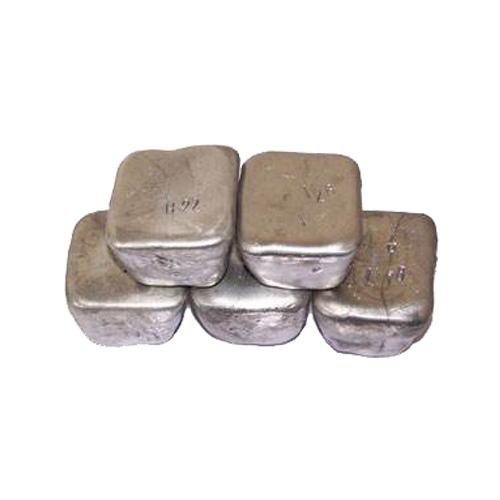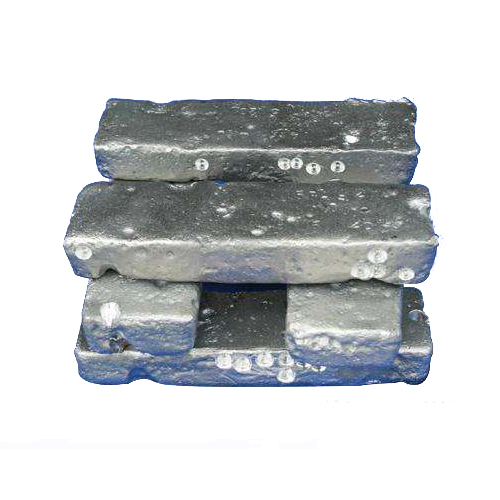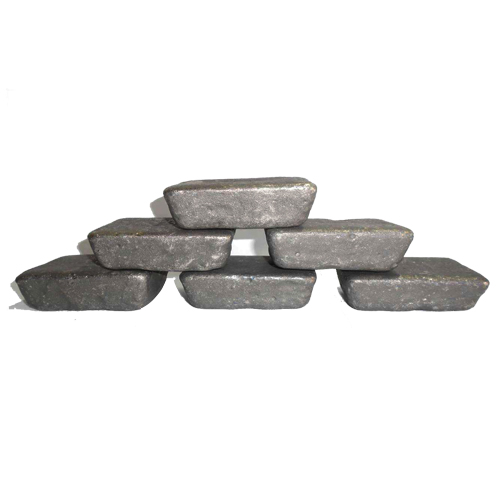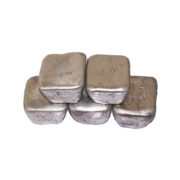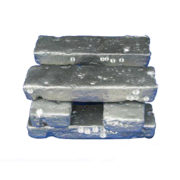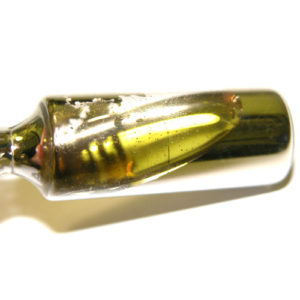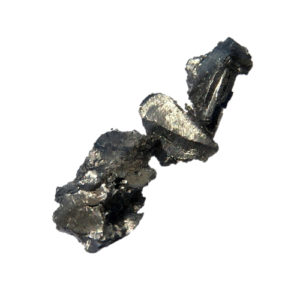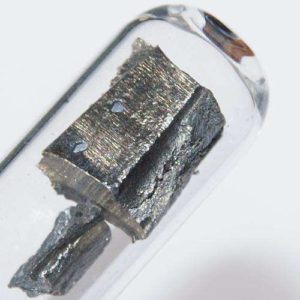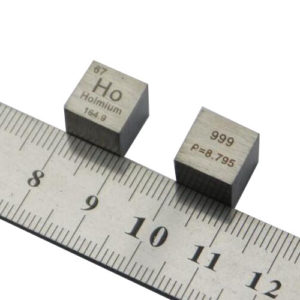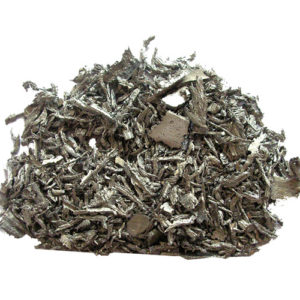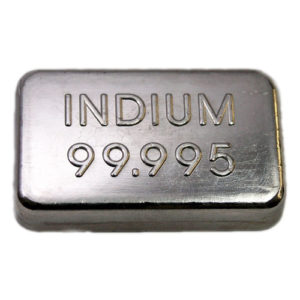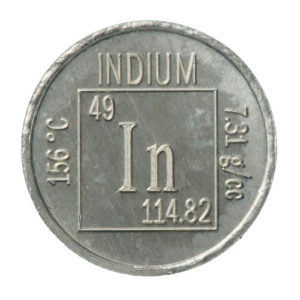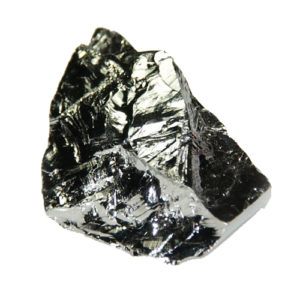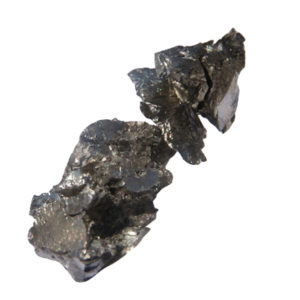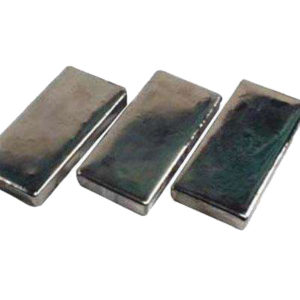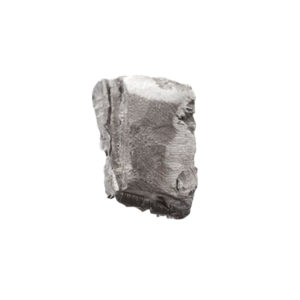Neodymium metal 7440-00-8
Uses and properties
The imagery and symbols used here reflect the use of neodymium in the manufacture of purple glass.AppearanceA silvery-white metal. It rapidly tarnishes in air.
Uses
The most important use for neodymium is in an alloy with iron and boron to make very strong permanent magnets. This discovery, in 1983, made it possible to miniaturise many electronic devices, including mobile phones, microphones, loudspeakers and electronic musical instruments. These magnets are also used in car windscreen wipers and wind turbines.
Neodymium is a component, along with praseodymium, of didymium glass. This is a special glass for goggles used during glass blowing and welding. The element colours glass delicate shades of violet, wine-red and grey. Neodymium is also used in the glass for tanning booths, since it transmits the tanning UV rays but not the heating infrared rays.
Neodymium glass is used to make lasers. These are used as laser pointers, as well as in eye surgery, cosmetic surgery and for the treatment of skin cancers.Neodymium oxide and nitrate are used as catalysts in polymerisation reactions.
Biological role
Neodymium has no known biological role. It is moderately toxic and irritating to eyes.
Natural abundanceThe main sources of most lanthanide elements are the minerals monazite and bastnaesite. Neodymium can be extracted from these minerals by ion exchange and solvent extraction. The element can also be obtained by reducing anhydrous neodymium chloride or fluoride with calcium.
| Group | Lanthanides | Melting point | 1016°C, 1861°F, 1289 K |
| Period | 6 | Boiling point | 3074°C, 5565°F, 3347 K |
| Block | f | Density (g cm−3) | 7.01 |
| Atomic number | 60 | Relative atomic mass | 144.242 |
| State at 20°C | Solid | Key isotopes | 142Nd |
| Electron configuration | [Xe] 4f46s2 | CAS number | 7440-00-8 |
Didymium is not a name you will often find in textbooks these days. It is the name of a pair of elements which lie next to each other in the lanthanide or rare earth series – what used to be the Wild West of the periodic table. The fourteen elements that constitute the series are remarkable for their similarity. Nowhere else does one find a group of elements that so resemble each other in their chemical properties. Hence these elements proved incredibly difficult to separate from each other and purify. And to make matters worse, unlike other metals, the colours of rare earth metal compounds were pale changed little from one compound to the next, making it even harder to work out whether your material was pure. Amongst the many claims for the discovery of new elements was a report in 1839 by the Swedish chemist Carl Gustav Mosander of a supposed element he called “Didymium” – after the Greek word for twin.
The invention of spectroscopy by Gustov Kirchoff and Robert Bunsen (yup, he of the Bunsen burner) now came into its own. It was soon realized that the spectre of the rare earths were very characteristic, with sharp gas-phase-like lines both in the solid and solution. At last there was a means of establishing purity.
Bunsen, who, by the 1870s, was the world’s leading authority on the spectroscopy of the rare earths set this element as a problem for one of his students Carl Auer, who began to carry out the hundreds of fractional crystallizations necessary to get it pure. By 1885 it was clear that Auer had not one but two elements on his hands – a bluish lilac one he called “Neodymium”, the new twin – and a green one he named “Praseodymium” – the green twin, each with their own spectra which summed together were the same as those of Mosander’s material. Bunsen was delighted and immediately gave his approval to his student’s work.
But it would not be until the 1940s before fast and effective methods for the separation of the lanthanides would be developed. Rather than the series of excruciatingly tedious crystallizations, the American chemists led by Frank Spedding described ion exchange methods and then within a few years solvent extraction became prevalent and produced kilogram quantities of these elements. Suddenly, commercial applications became a real prospect.


